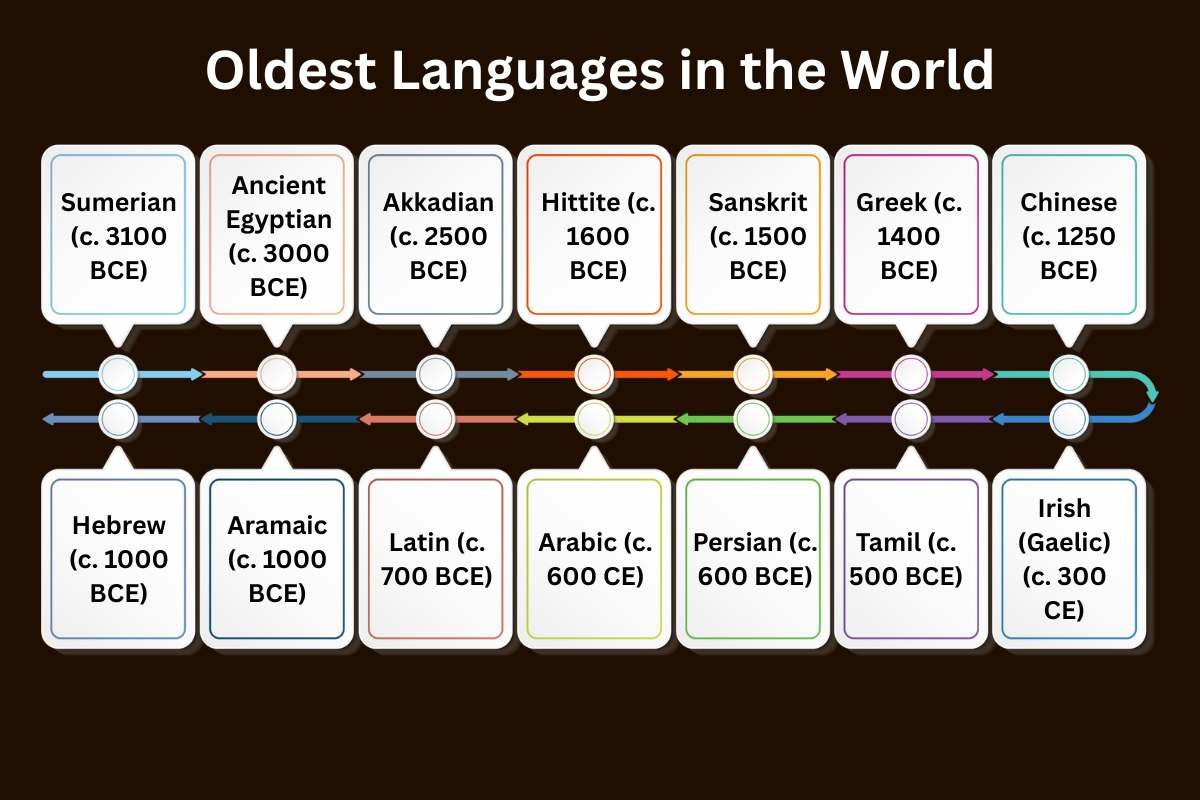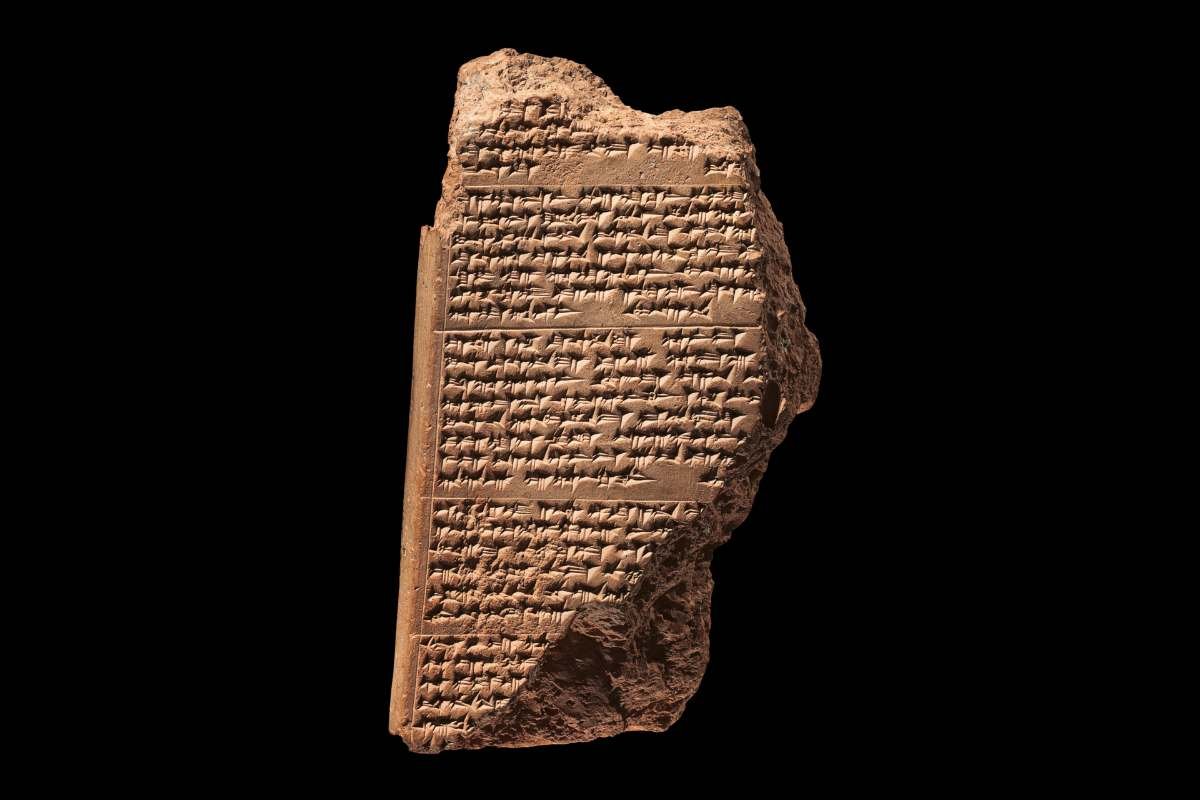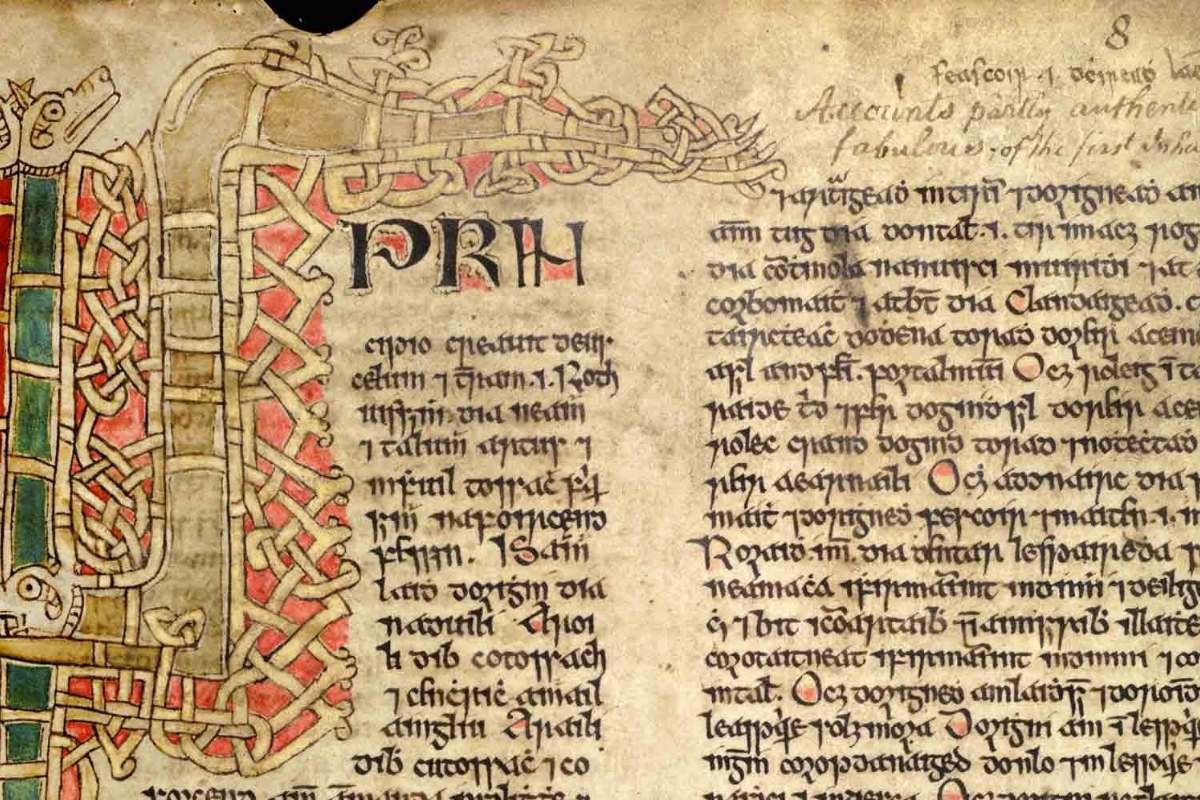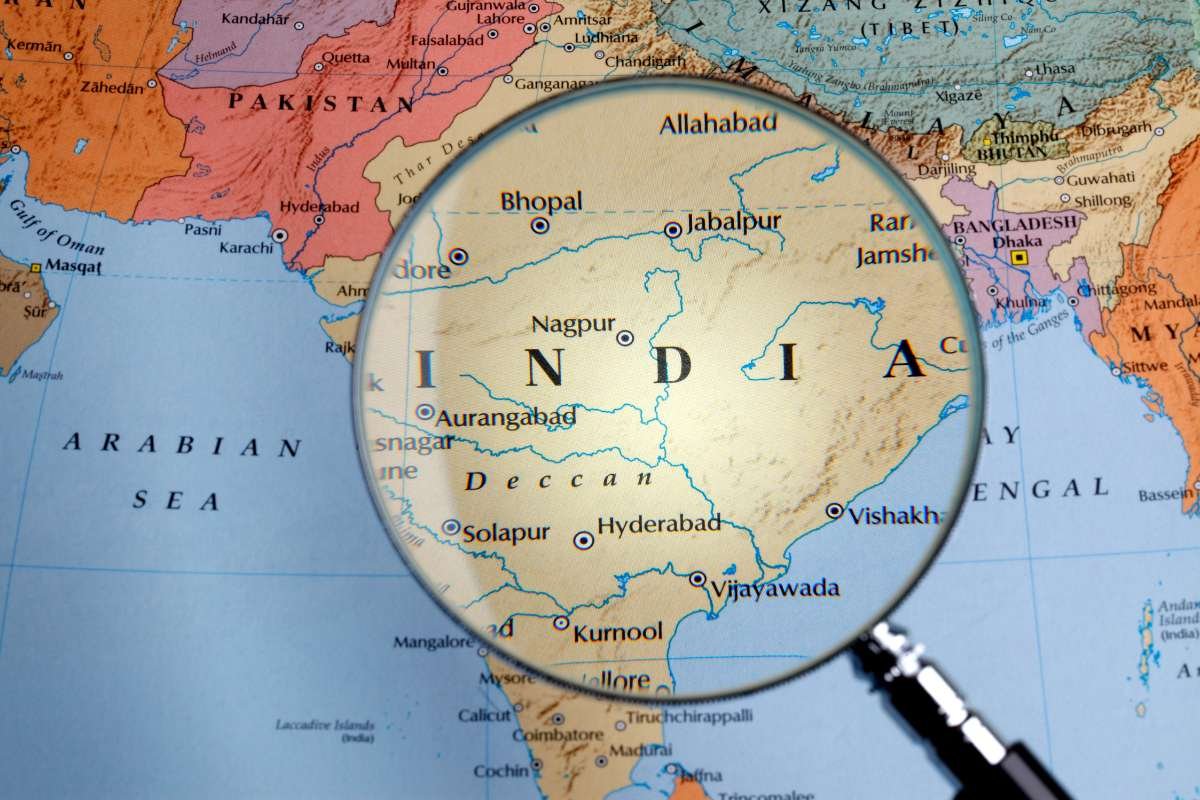“Languages aren’t just made of words. They’re modes of looking at the world. They’re keys to civilizations.”
R. F. Kuang.
One of the greatest inventions of man is language. They are one of the pillars on which civilizations and society as a whole were built. I recently got the itch to find the oldest languages in the world. Tracing the origins of a language takes us deep into human history. Many ancient civilizations used them to record culture, religion, and knowledge. Some of these languages have evolved into modern tongues. Others remain preserved as timeless treasures of human heritage.
So hop in my time machine and let us travel to some ancient civilizations. To the origins of communication as we know it.
What are the Oldest Languages in the World?
Some of the oldest languages in the world have gone extinct. We only know about them through archeological discoveries. Some are still alive and thriving, and many have undergone some changes. We will take a look at both kinds of languages. So without further ado, let us begin.
➣ 14 Oldest Languages in the World:

Extinct Languages
1. Sumerian (c. 3100 BCE)
Sumerian originated in southern Mesopotamia. It is one of the earliest written languages in the world. It was first attested c. 3100 BCE. It ceased being a spoken language. However, it exists as a scholarly language. Some surviving texts in this language include administrative records, hymns, myths, and epics. One such epic is the Epic of Gilgamesh.
This language laid the groundwork for many languages that came after. Today, it serves as a guide to life in ancient Mesopotamia.
Fun Fact: Sumerian had no alphabet; it used ~600 cuneiform signs.
2. Ancient Egyptian (c. 3000 BCE)
The ancient Egyptian language is the oldest language known in Egypt. It dates back to 2690 BC. It was recorded in hieroglyphic and demotic scripts. They were also found on funerary texts, monumental inscriptions, and religious texts. These texts were often written on a piece of papyrus. Some of the notable works include the Pyramid Texts, Coffin Texts, and the Book of the Dead.
The ancient Egyptian language integrated religion, kinship, and the afterlife in its records and texts.
Fun Fact: Hieroglyphic writing included over 700 symbols. The word “hieroglyph” comes from Greek, meaning “sacred carving.”
3. Akkadian (c. 2500 BCE)
Akkadian is an East Semitic language. It emerged in Mesopotamia around 2500 BC. It gradually replaced Sumnerian as the spoken language of the region. It later split into dialects such as Babylonian and Assyrian.
Some surviving tests include royal inscriptions, letters, laws, treaties, and religious works. They illuminate Mesopotamian history, law, and myth.
Fun Fact: The language contained about 600 cuneiform signs
4. Hittite (c. 1600 BCE)

Hittite was spoken in Anatolia around 1600 BCE. It is one of the oldest languages in the world, and also the earliest Indo-European language. It survived primarily in clay tablets discovered at Hattusa, the Hittite capital. The language declined after the fall of the Hittite empire. It was discovered in the early 20th century and was important in understanding Indo-European History.
Fun Fact: The world’s earliest international peace treaty was written in this language
Still Existing Languages
5. Sanskrit (c. 1500 BCE)
Sanskrit comes from the Indo-Aryan branch of languages. The earliest form of the language is the Vedic Sanskrit. It is preserved in the Rigveda. Classical Sanskrit has set grammatical rules that are still applied and admired today. It became a medium through which epic literature like the Mahabharata and the Ramayana was told. Philosophical treaties like the Upanishads were also scripted in Sanskrit.
The influence of the language has spread to South and Southeast Asia. Though not widely spoken conversationally, Sanskrit remains a sacred and scholarly language with unmatched literary continuity.
Fun Fact: UNESCO recognizes Sanskrit as a heritage of global importance.
6. Greek (c. 1400 BCE)
Greek made its first appearance in 1450 BCE. Today, the countries of Cyprus, Albania, and Greece have Greek as an official language. Its earliest records are Mycenaean Greek tablets. Classical Greek later produced masterpieces such as Homer’s Iliad and Odyssey. It also produced philosophical dialogues of Aristotle and Plato.
Greek has continuously evolved into Modern Greek, but its deep literary heritage continues to influence Western philosophy, science, and culture.
Fun Fact: According to the British Council, over 150,000 English words are derived from Greek.
7. Chinese (c. 1250 BCE)
Chinese started in the Shang dynasty. It developed further during the Zhou dynasty. Classical Chinese was derived from Old Chinese. It became the standard written form for over two millennia. Some of the earliest Chinese texts include the Shijing (The Book of Songs) and the Yijing (The Book of Changes).
Today, Chinese has the largest number of first-language speakers. Chinese writing has remained continuous. It is the longest-lived writing system still in use, and its literature profoundly shaped East Asian civilization.
Fun Fact: It is currently the second most spoken language in the world, with over 1184 million speakers in the world
8. Hebrew (c. 1000 BCE)

Hebrew originated in ancient Israel around the late 2nd millennium BCE. It is more than 3000 years old. Its earliest and most influential form is Biblical Hebrew. It is preserved in the Hebrew Bible. The language fell out of use, but persisted as a scholarly language. It was revived in the 19th and 20th centuries. It then became the modern language of Israel.
Fun Fact: Hebrew numerals used letters instead of separate symbols.
9. Aramaic (c. 1000 BCE)
Aramaic emerged in the Levant during the 1st millennium BCE. It became the language of the Near East under the Assyrian and Achaemenid Empire. It was widely used in administration, trade, and literature. Later dialects, such as Syriac, produced rich Christian theological works. The language was gradually replaced by Arabic. Today, Aramaic survives in small communities, making it one of the oldest languages in the world, still in limited use.
Fun Fact: It is still spoken today in small Christian and Jewish communities.
10. Latin (c. 700 BCE)
Latin, the Italic language of ancient Rome, originated in the Latium region by the 7th century BCE. Its earliest inscriptions include the Duenos Inscription. By the late Republic and Empire, Latin became the dominant language of law, governance, literature, and scholarship. As the empire expanded, Latin diversified into the Romance languages like Spanish, French, Italian, Portuguese, and Romanian.
Fun Fact: Church Latin is still used in Vatican liturgy.
11. Arabic (c. 600 CE)
Arabic crystallized in the Arabian Peninsula and rose to prominence in the 6th–7th centuries CE. Its most important early text is the Qur’an, which standardized Classical Arabic and profoundly influenced Islamic culture.
Arabic quickly spread with the expansion of Islam, becoming the language of science, philosophy, and literature from Spain to Central Asia.
Fun Fact: Gave rise to over 12 distinct scripts like Kufic, Naskh, Thuluth, etc.
Also Read: Top 10 Sweetest Languages in India That Will Melt Your Heart
12. Persian (c. 600 BCE)
Persian is part of the Indo-Iranian branch of Indo-European languages. It was the royal language of the Achaemenid Empire. It was known mainly from monumental inscriptions. The most famous example is the Behistun Inscription of Darius I, a trilingual record crucial for deciphering cuneiform scripts.
Fun Fact: Old Persian script only used phonetic signs plus a few logograms.
13. Tamil (c. 500 BCE)
Tamil is a Dravidian language. It is the oldest living language with an unbroken spoken and literary tradition. Tamil has evolved over millennia but retains continuity unmatched by most of the oldest languages in the world. Its earliest inscriptions appear in Tamil-Brahmi script. Classical texts such as Tolkāppiyam (grammar) and Sangam poetry anthologies (3rd century BCE–3rd century CE) preserve early literature.
Fun Fact: Tamil cinema and music today preserve literary forms from Sangam poetry.
14. Irish (Gaelic) (c. 300 CE)

Irish is a Celtic language. It is first attested in ogham inscriptions from around the 4th century CE. From the 6th to 9th centuries, glosses, law tracts, and epic sagas like Táin Bó Cúailnge document its development. It flourished in the medieval period through annals and bardic poetry. Despite centuries of decline, Irish has survived and continues to be spoken.
Fun Fact: Early Irish law tracts were written in Old Irish
Conclusion:
The oldest languages in the world are not just means of communication. They are priceless treasures that connect us to humanity’s earliest civilizations. They reflect the wisdom, traditions, and innovations of societies that shaped our history. Preserving and understanding these ancient tongues ensures that the voices of the past will never be forgotten.
FAQ
1. How do linguists determine the age of a language?
A. Linguists use a combination of written records, linguistic reconstruction, and comparative studies to determine a language’s age.
2. Which ancient languages influenced modern languages the most?
A. Languages like Latin, Greek, and Sanskrit had a profound impact on modern languages.
3. Why is it important to study the oldest languages?
A. Studying the oldest languages in the world helps us understand the evolution of human communication, literature, philosophy, and cultural identity.






